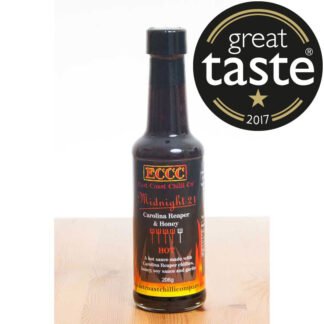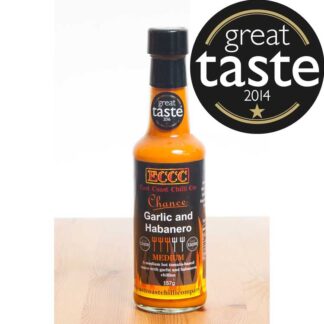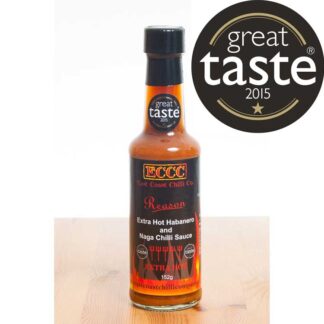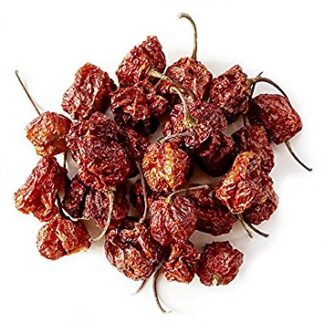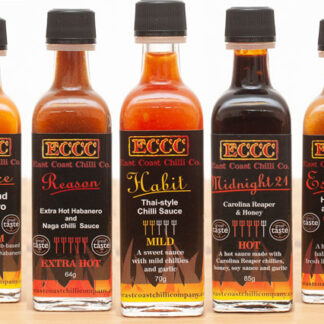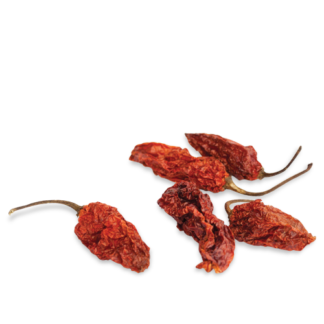“What’s the hottest one you’ve got?”
When we’re selling direct to the public with tasters available, that’s a question we get asked a lot! My usual response is “Well, that’d be our Habanero and Naga Sauce but none of them are crazy hot; they’re all made for the taste rather than the pain factor. There’s no chemical extracts used, it’s just the natural heat of the chillies. It’s still hot but there’s bags of flavour too. It’s not going to feel like someone’s driven a nail through your tongue for 2 hours after you’ve tried it” Or something along those lines…
Why “Made for the Taste”?
Before I got into the business I’d tried a lot – and I mean A LOT – of hot sauces and most of the time all I was tasting was vinegar with heat, leaving me feeling somewhat underwhelmed and disappointed. So when I first started making chilli sauces that was something I wanted to go all out to avoid. We’ve since won Guild of Fine Food Great Taste Awards and had unsolicited online reviews like this one from The Norfolk Chillihead: https://www.youtube.com/watch?v=tBPapUBFHes so I hope that all goes to show we’re doing something right.
So why no extracts?
Look, don’t get me wrong – and I certainly don’t want to alienate myself from some of the other great UK hot sauce makers out there who I’m sure use it to great effect – sauces with extracts have their place. It’s just for me that tends to be sat at the back of the cupboard for all eternity! It might possibly get to see the light of day when the lads come round and then it surfaces for a few moments of “fun” whilst everyone tries to prove to each other how hardcore their heat tolerance is. Personally, I can smell it a mile off and will have a good idea what it’s going to taste like. And besides (and I know this might well be somewhat controversial) from a hot sauce manufacturer’s perspective, isn’t it kind of cheating? I came across a sauce the other day made with Reapers, Nagas and extract. For the love of God, why do you need to add the extract!?
Do you completely rule out ever using extracts?
No. At the moment though I’m just having too much fun creating real flavours from natural ingredients.
So how are your sauces best used?
Well, each sauce has its own distinct flavour, character and heat level. Each one is so different from the others and were carefully put together with a range of uses and recipes in mind, so much so that we’ve put a bunch of them on the website. We even brought out our own Recipe book on the Amazon Kindle Store.
What’s the best part about your job?
That’s a tough one! Coming from a corporate background where a daily dose of bullsh*t, b*llocks, backstabbing and posturing is de riguer, anything else is great! So that’s everything then; I think I even enjoy the labelling!
And the worst?
Going back to the first question, it’d be the time wasters at the direct sales events. Chilli festivals excepted – where the public are generally quite knowledgeable – it does sometimes seem like we’re a free sideshow or all-you-can-eat buffet. However, you can usually pretty quickly tell people who are genuinely interested in your products and you learn to turn a blind eye to the others. It goes with the territory and hell, often they can be hilarious! However, touching on Sidekick Sauce’s James Bryson’s piece on Lick My Dip, for what it’s worth my opinion is that until the British public can distance themselves from the Richmondesque man test mindset born from Man v Food, I think we still have a way to go…

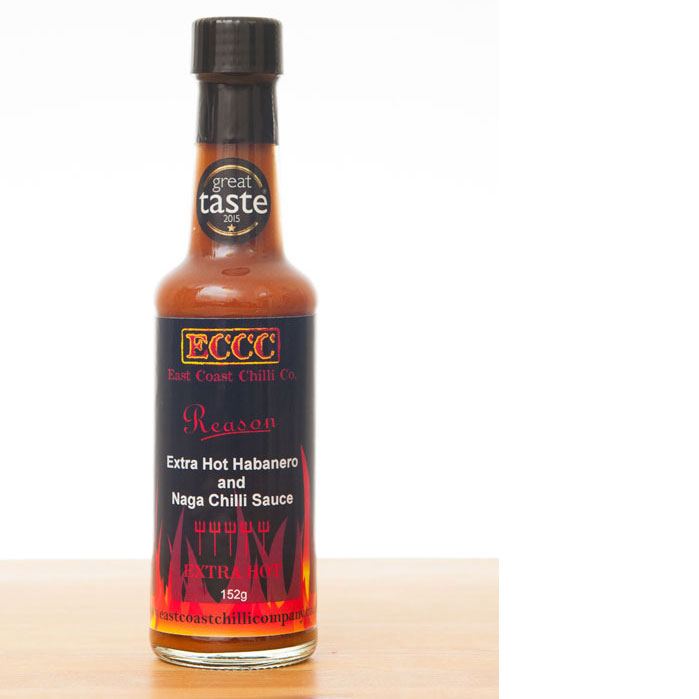

 We’ve just had some brilliant news – our
We’ve just had some brilliant news – our 